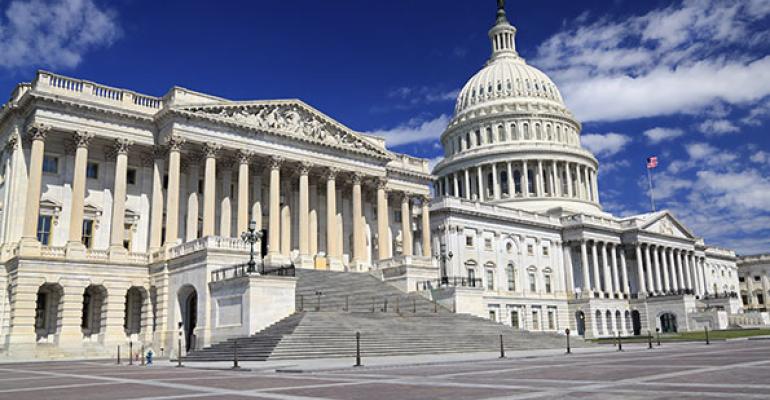Investor protection advocates are urging congressional members to fight efforts to defund the Department of Labor’s latest fiduciary rule.
In a Feb. 1 letter, the Consumer Federation of America urged representatives to stand against efforts to stop the DOL from using congressionally-appropriated funding to implement the rule.
In an interview with WealthManagement.com, Micah Hauptman, director of investment protection at the CFA, said that the latest appropriations bill out of the House of Representatives included a rider that could delay or defund the rule.
He found it unsurprising considering the anti-regulatory bent of the Republican majority in the House. But he stressed riders like that were an ever-present threat to new regulations like the fiduciary rule.
“(Appropriations bills) should be used to fund the activities of agencies,” he said. “They shouldn’t be used as a way to effectively kill policies.”
The DOL released the latest version of the fiduciary rule last fall, with President Joe Biden portraying it as a means to combat “junk fees” in the retirement advice industry, which he defined as high and potentially unsuitable commissions.
The department completed a public comment period at the end of last year, and the industry is awaiting the rule’s final version. Previous administrations attempted their iterations of a fiduciary rule, including an Obama-era rule that the Fifth Circuit Court of Appeals in Texas overturned in 2018.
Hauptman said the CFA decided to send the letter after a Capital Markets Subcommittee hearing on the rule several weeks ago, in which Finseca CEO Mark Cadin urged legislators to consider using a rider to kneecap the rule at several points.
Hauptman doesn’t expect the rider to be successful, as the Senate Appropriations bill didn’t include one. Biden would likely veto any bill with such a rider, as he’d made it clear the retirement security bill was a priority for his administration.
“I think the industry opponents are leaving no stone unturned,” Hauptman said. “Every potential opportunity they have to kill the rule, they are trying to kill the rule, even if the prospects are not great.”
Though the rider may not be successful, there’s still significant pushback in the House, including among some Democrats. Last month, 50 House members co-signed a letter to Acting Labor Secretary Julie Su and Lisa Gomez, the DOL’s assistant secretary of the Employee Benefits Security Administration, relaying concerns about the rule.
The reps argued the DOL dismissed research “decisively demonstrating” the 2016 version of the rule harmed lower- and middle-income retirement savers before the Fifth Circuit tossed it out.
Hauptman expects that the main struggle for the rule’s long-term survival rests in litigation. However, he said the differences between the DOL’s current proposal and the vacated Obama-era rule make it likelier to survive a court challenge.
“Everyone knows how this is going to play out,” Hauptman said. “When they have no other opportunities to kill the rule, they’ll go to Texas and hope they find a favorable judge or panel.”
Opponents to the rule are already looking at a court challenge. Financial Services Institute CEO Dale Brown said the organization expects to go to court unless the DOL withdraws or “substantially changes” the rule.
“They’ve proposed a new version that largely will have the same overreaching, unworkable, negative outcomes for small investors who need retirement advice,” Brown said during the FSI’s annual conference in Orlando, Fla. last month.

